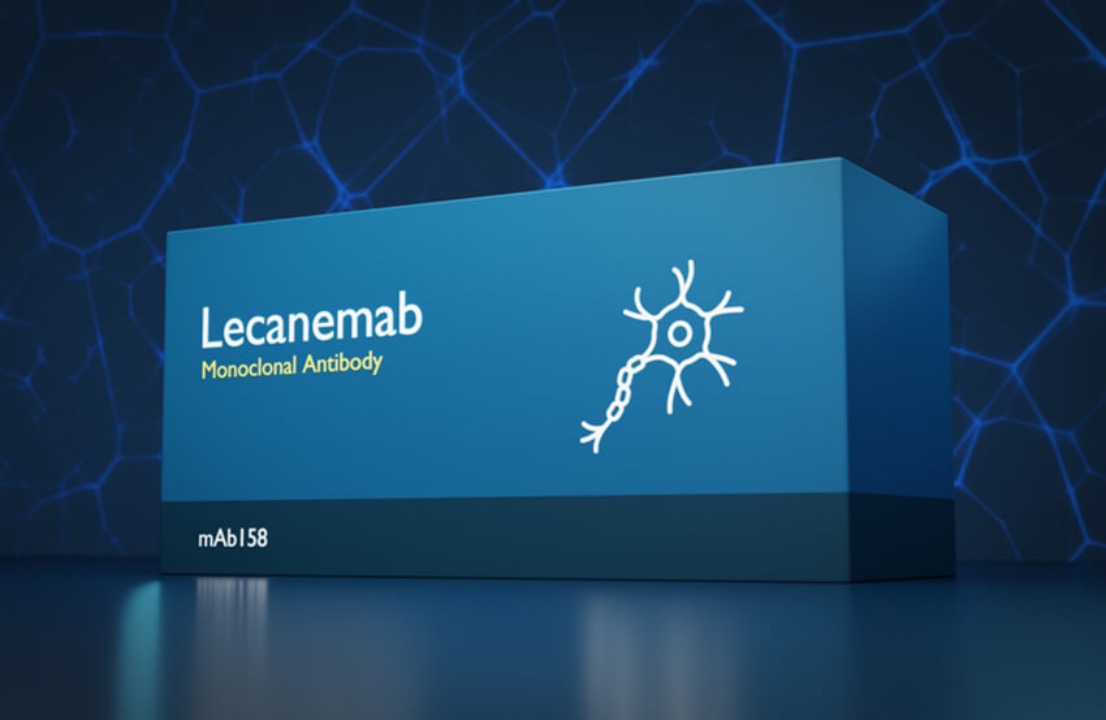As we age, the occasional lapse in memory—forgetting wedding dates, the names of our children, or even our favorite foods—becomes more common.

However, these signs can also herald the onset of Alzheimer’s disease (AD), a condition that intensifies with the world’s aging population. AD is the predominant form of dementia, responsible for over 60% of all dementia cases, presenting a significant health challenge, particularly for the elderly. This escalating prevalence underscores the critical importance of advancing AD diagnostic and treatment capabilities.
According to a report by Mordor Intelligence, the global pancreatic cancer treatment and diagnosis market was valued at $36.8961 billion in 2021 and is projected to reach $56.5658 billion by 2027, with a compound annual growth rate (CAGR) of 7.43% from 2022 to 2027. The rising incidence of pancreatic cancer, supportive reimbursement policies, and high healthcare expenditures contribute to the expectation that the United States will maintain a significant market share in pancreatic cancer diagnostic testing.

In an era where Alzheimer’s disease (AD) affects over 50 million people globally, the challenge of early diagnosis remains a significant barrier to effective treatment. The disease, which represents the most common form of dementia, has escalated into a major health threat, particularly for the elderly, as it progresses silently within the brain.
The introduction of Lecanemab, a humanized monoclonal antibody based treatment approved by the FDA in 2023, marks a hopeful advancement in targeting mild cognitive impairment (MCI) and mild AD-related dementia. However, the crux of combating AD lies in the early detection and accurate diagnosis of the disease.

Incorporating these insights, the development of a high-precision diagnostic blood test by Professor Ye Yuru and her team from the Hong Kong University of Science and Technology have pioneered a groundbreaking blood test capable of detecting AD and MCI at an early stage with unprecedented accuracy. This innovative test diverges from traditional methods by analyzing 21 proteins simultaneously, utilizing the Olink proteomics platform. This approach not only enhances the accuracy of AD and MCI classification but also allows for the monitoring of disease progression and the effectiveness of treatment strategies.

This test represents a significant stride towards addressing these needs, offering hope for millions worldwide. By enabling early-stage detection and monitoring of AD and MCI with remarkable accuracy, this breakthrough paves the way for more personalized treatment plans and highlights the urgency of enhancing our diagnostic and treatment strategies to combat the growing AD crisis.
It potentially heralds a new era of diagnostics that are both minimally invasive and highly effective, paving the way for personalized treatment plans and improving the quality of life for millions affected by AD. Moreover, this test holds the potential to revolutionize clinical research by identifying suitable candidates for drug trials, monitoring disease progression, and assessing responses to treatments.
As we move forward, the implications of this research extend beyond immediate diagnostics. The methodology offers a blueprint for the future of personalized medicine, enabling the development of targeted treatments based on the molecular underpinnings of AD. Laboratories worldwide stand to benefit from this research, as it opens new avenues for developing unique marker detection methods and enhancing our understanding of the disease.
This advancement represents a beacon of hope for those affected by Alzheimer’s disease. By facilitating early diagnosis and tailored treatment strategies, it not only addresses the current limitations in AD management but also underscores the potential of scientific innovation to transform healthcare outcomes. As research progresses, the anticipation grows for the widespread implementation of this test, promising a significant impact on the lives of individuals and families grappling with the challenges of Alzheimer’s disease.